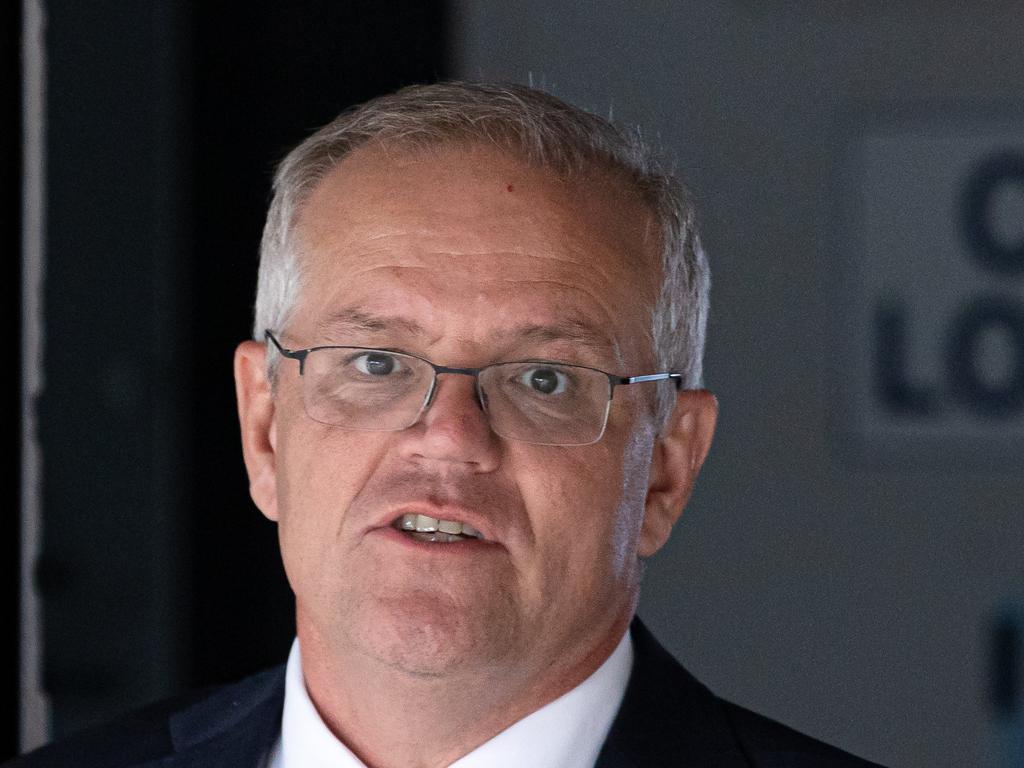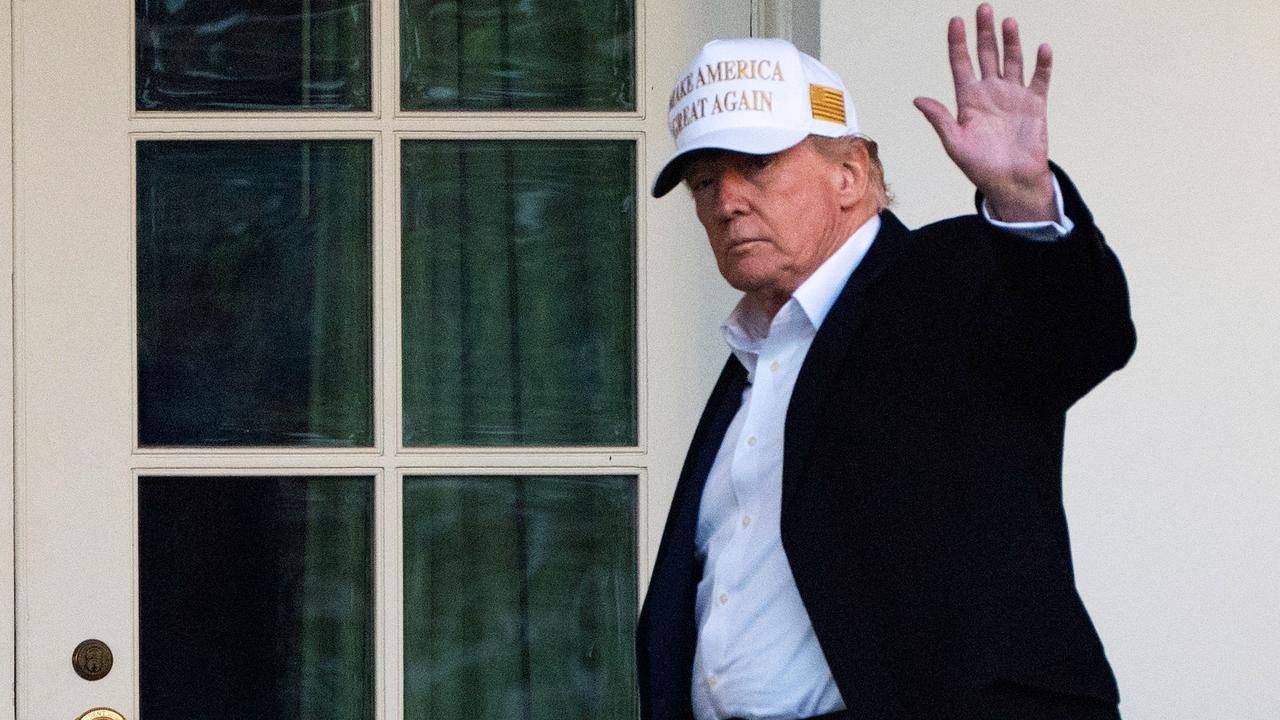
An annual consumer price index increase of more than 5 per cent translates to an inevitable rise in interest rates; the issues are timing and magnitude.
The figures also showed the prices of non-discretionary items – food, housing, healthcare, utility bills – had risen faster than discretionary ones. Voters didn’t need to wait for the government’s statistical agency to tell them prices were rising uncomfortably fast. Trips to the supermarket and petrol station have been telling them this for some time.
The prospect of rising interest rates no doubt is prompting anxiety among many households, particularly those with large mortgages and those who recently purchased (potentially overpriced) homes.
Most economists take the view the cash rate will need to reach at least 2.5 per cent – it is 0.1 per cent – to dampen inflationary pressures. This will inflict some collateral damage on the economy.
Those with substantial mortgages could face a rise in repayments of up to $1500 a month.
Many households will have to tighten their belts when it comes to other spending priorities. The recent rise in wholesale electricity prices points to higher household electricity bills in the near future that also will squeezehousehold budgets.
Unsurprisingly, these developments have spilt over into the election campaign, with the government claiming the higher rate of inflation is essentially the result of international factors outside its control. And, by the way, inflation in Australia is lower than in many other countries.
Whether the government can entirely wash its hands of any responsibility for the unwelcome outbreak of inflation is unclear. The fact is the fiscal response to the pandemic – or, more specifically, restrictions imposed to contain the pandemic – was excessive. Just take a look at the figures.
In 2018-19, federal government spending as a proportion of gross domestic product was 24.6 per cent. Spending in 2019-20 grew by 13.4 per cent and reached 27.7 per cent of GDP. In the next year, spending rose by another 17 per cent, with payments as a proportion of GDP rising to more than 30 per cent.
Australia, like many other countries, was in the grip of Modern Monetary Theory mania. The basic idea is the government can spend whatever it likes because we have a sovereign currency and, in this way, both full employment and the meeting of a wide range of social needs can be met. The independence of central banks must be removed.
In the unlikely event inflation emerges, the government should begin to lift taxes to suppress demand. (MMT advocates in the US have backed off from this last piece of advice, recommending instead price controls.)
It would now seem the MMT experiment, here and overseas, has failed. We are left with an intractable situation in which cost-of-living pressures are likely to increase significantly but now the government and the Reserve Bank essentially are impotent to do much about these pressures without hurting the economy.
Let’s be clear: the less that is achieved through tightened fiscal policy (lower budget deficits), the more that will need to be achieved through tightened monetary policy (a higher cash rate).
It is worth quoting International Monetary Fund managing director Kristalina Georgieva: “We printed too much money and didn’t think of unintended consequences … We are acting like eight-year-olds, playing soccer, chasing the ball. The ball is here and we all go after the ball and we don’t cover the rest of the field.”
We also should remind ourselves of Milton Friedman’s proposition that “inflation is always and everywhere a monetary phenomenon, in the sense that it is and can be produced only by a more rapid increase in the quantity of money than in output”. High rates of growth in the money supply, to varying degrees, have occurred in developed economies and the impact is apparent in terms of inflation.
Getting back to the election campaign, it is hardly surprising Josh Frydenberg is seeking to deflect these criticisms, pointing to the strong state of the economy and low rates of unemployment.
Labor is happy to blame the government for the rise in inflation as well as low wage growth. The reality is Labor’s proposed suite of policy changes would make things worse. Increasing government spending to subsidise childcare further and to pay for higher wages for aged-care workers are particularly ill-timed given the need for more rapid fiscal consolidation. And the idea higher wages can be mandated without setting off a damaging wage-price spiral – and higher inflation – is wishful thinking.
The claim Labor’s energy policy can lead to savings of close to $300 in annual household electricity bills by 2025 also looks unconvincing in view of recent increases in wholesale prices in the National Electricity Market.
One of the more novel ideas Labor has floated is a shared equity home-purchase plan wherein the government becomes a co-owner of homes and any capital gains or losses are shared between the owner and the government. Similar schemes have operated in some states, with the aim of assisting low-income earners to purchase homes on the basis of a much lower capital cost.
There are complications to these types of schemes, including their high administration costs. The issues of maintenance and renovations are particularly problematic when it comes to getting a fair deal for the private purchaser. With only 10,000 applicants a year, Labor’s proposal will do little to reduce housing costs for most Australians but still could be a vote winner.
As we head towards May 21, we will look back at this time as being the relative lull before an economic storm. Of course, sensible people always knew that printing money so governments could spend whatever they wanted would end in tears (and much higher government debt). Like kids in the candy shop, the end result involves tummy aches and trips to the dentist.








The release of the latest inflation figures has put a cat among the pigeons when it comes to the election campaign.